What is Keyboard Liberation in Healthcare, and Why Does It Matter?
published on Jan 17, 2025
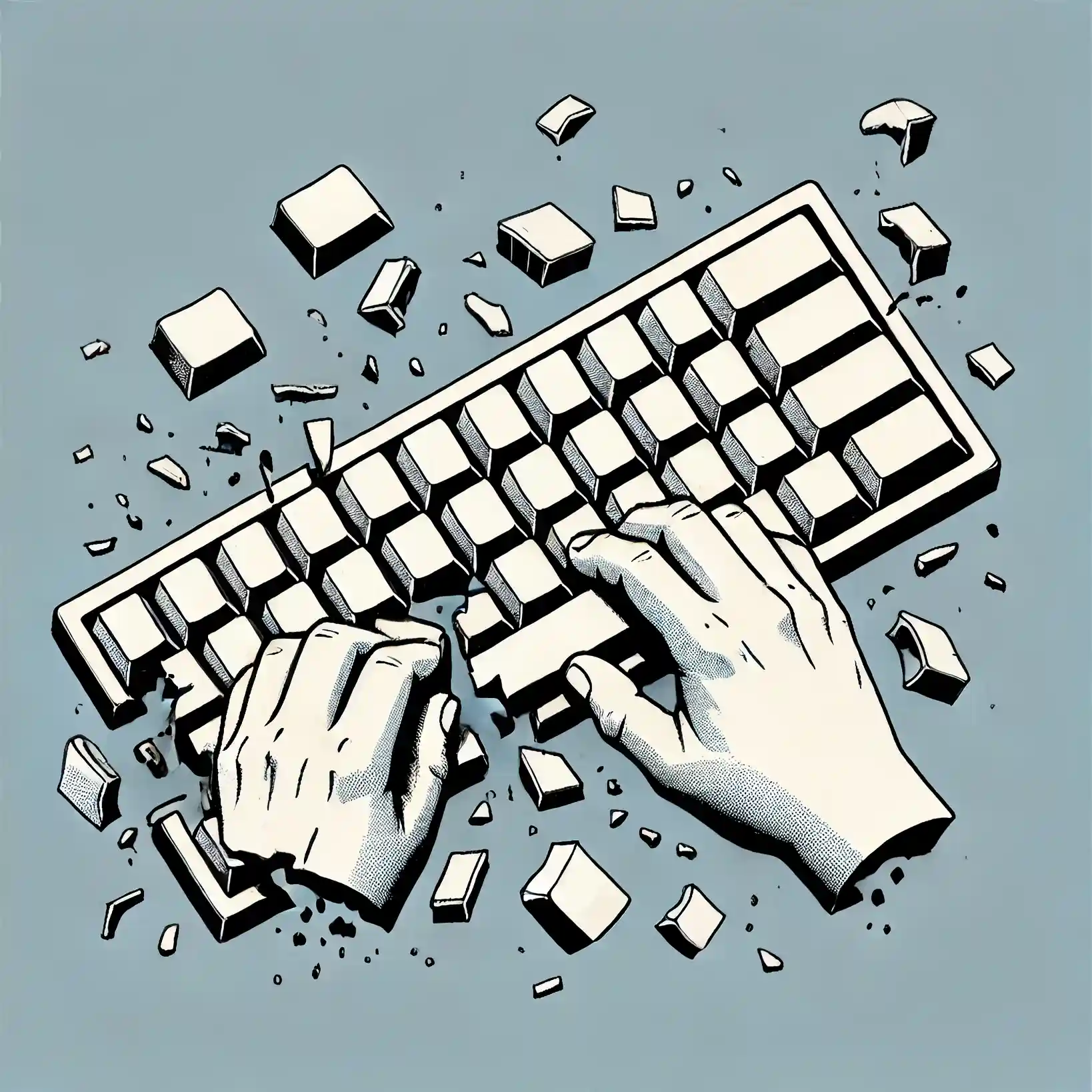
While on my clinical postings in the outpatient departments, I've noticed that a significant portion of the doctor-patient interaction is spent documenting information into electronic health records (EHR). Healthcare professionals, in general, dedicate a substantial amount of time to documentation-updating charts, writing notes, and navigating EHR systems.
I can see how this could be frustrating for healthcare workers who have to repeat this process continuously for many hours at a stretch, as well as for patients who might feel they are not receiving the full attention they deserve for their illness.
How is Documentation Such a Big Problem?
Medical documentation is one of the most important aspects of healthcare services as it ensures accurate patient records, supports billing, and keeps everything in compliance. So, what's problem? It's time-consuming, repetitive, and eventually very exhausting.
- Family doctors spend 86 minutes of "pajama time" with EHRs nightly. (AMA Study)
- For every hour with a patient, physicians spend two hours entering notes and data. (Health Affairs Report)
- This administrative overload is one of the biggest reasons for physician burnout. (Medscape Report)
Here's how AI can step in: It could automate note-taking, do voice transcriptions, and even re-organise data. AI is already freeing healthcare professionals from the keyboard so that they can focus on what they do best-helping people.
So What Are These Tools?
AI is already being implemented in healthcare services to help alleviate this problem for healthcare professionals. However, before exploring these tools, I identified an issue: they are often inaccessible. Therefore, I am developing my own AI-powered medical assistant app(Sage) with the primary goal of making it accessible and easy to use for medical students, doctors, and eventually even patients.So, here are a few of these tools:
1. AI-Powered Voice Transcription: Speak, Don't Type
Imagine being able to speak naturally during a patient visit and have everything automatically written up for you. That's exactly what AI-powered voice tools do. Using advanced speech recognition and natural language processing (NLP), these tools:
- Transcribe conversations in real time.
- Understand medical terminology and extract important details.
- Organize the information into structured notes that are ready to upload to EHRs.
Examples:
- Nuance Dragon Medical One: Allows clinicians to dictate notes directly into EHRs with
exceptional accuracy.
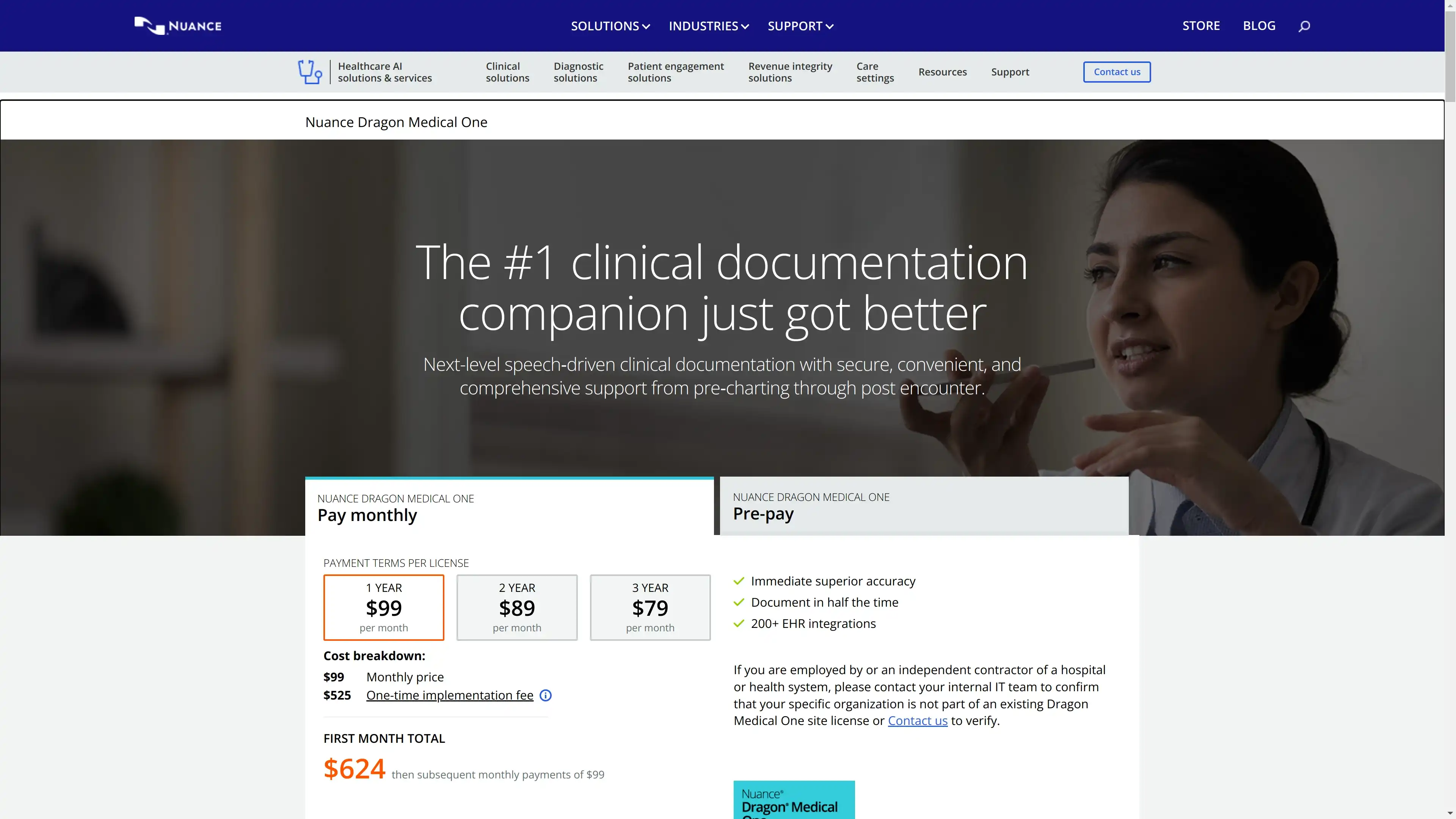
- Suki AI: Acts like a digital assistant, creating notes and populating
charts.
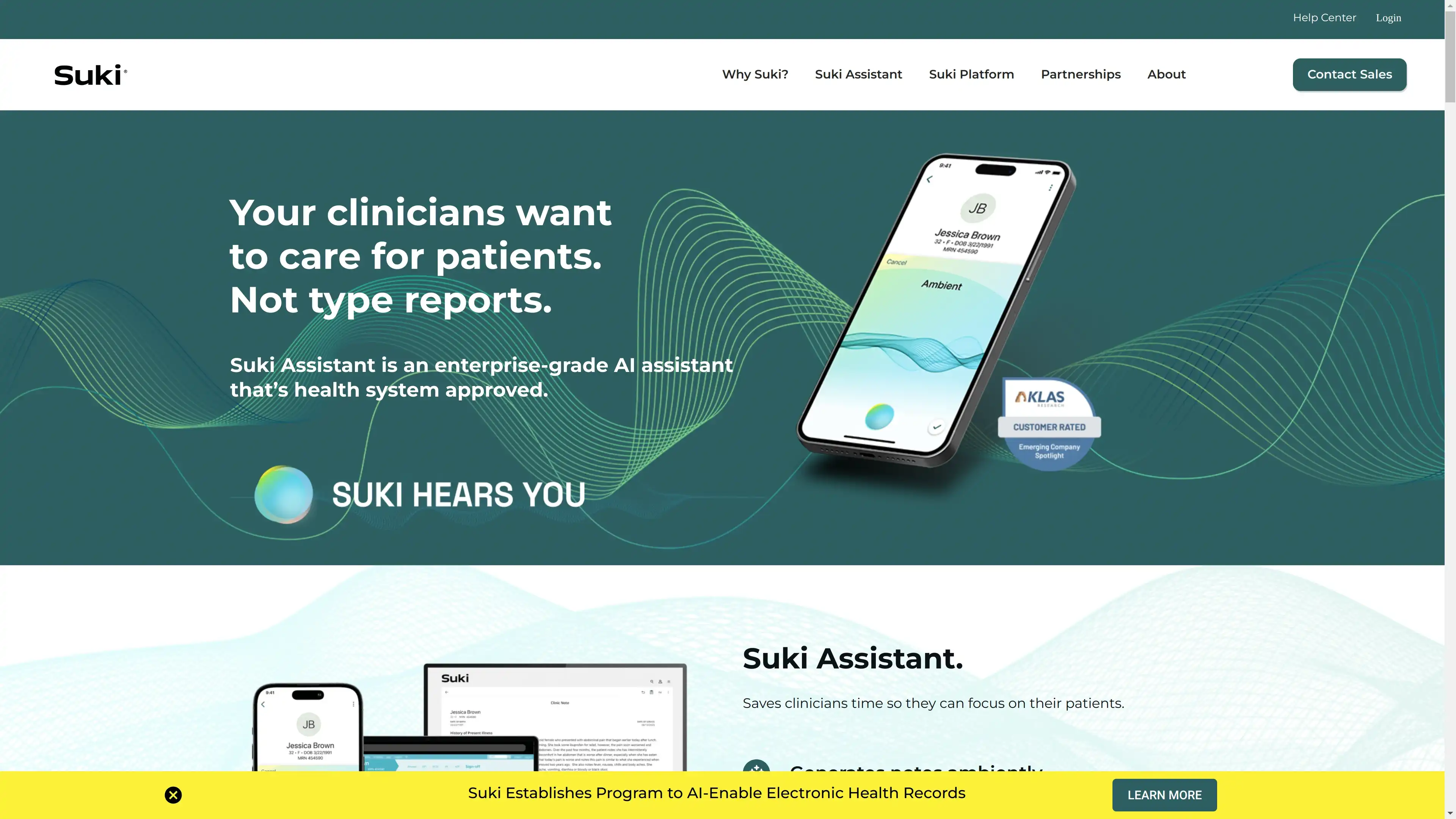
- Amazon Transcribe Medical: Provides real-time, HIPAA-compliant medical transcription.
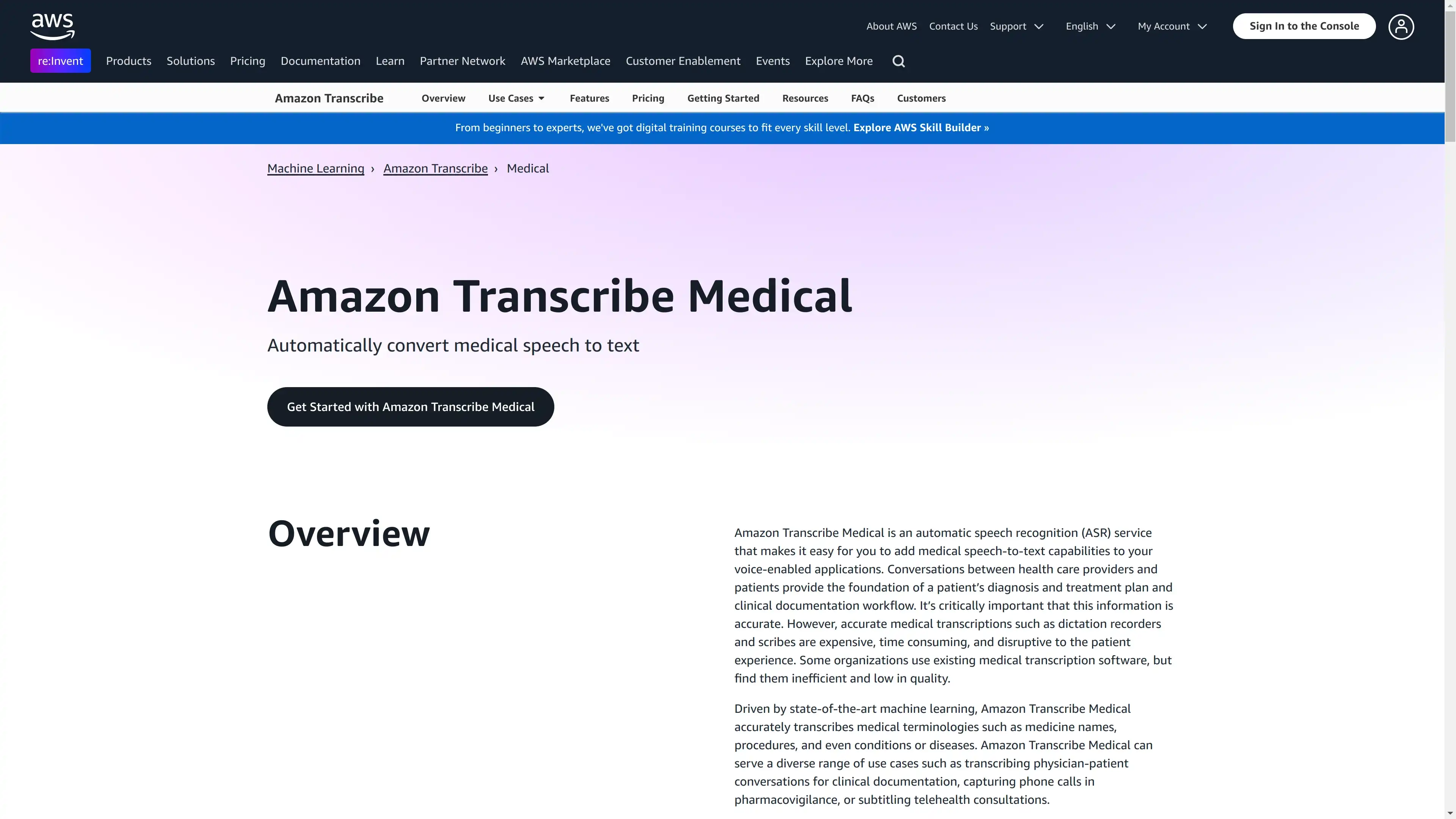
2. Ambient AI: Your Virtual Scribe
Ambient AI tools act like virtual assistants, quietly "listening" to doctor-patient conversations and automatically generating notes.
Examples:
- DAX (Dragon Ambient eXperience): Generates clinical notes automatically, reducing documentation
time.
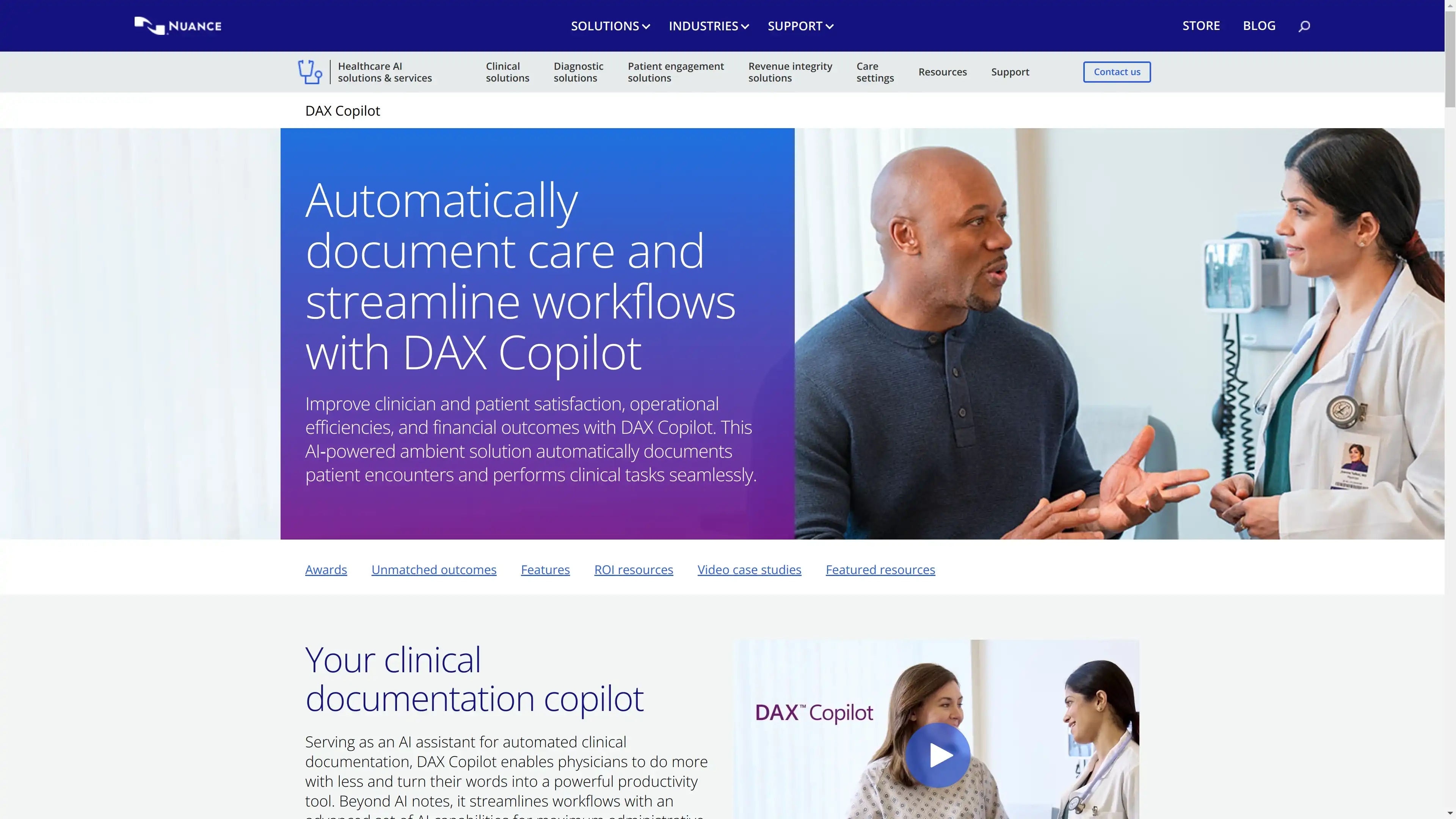
- Augmedix: Combines AI and human support for accurate notes.
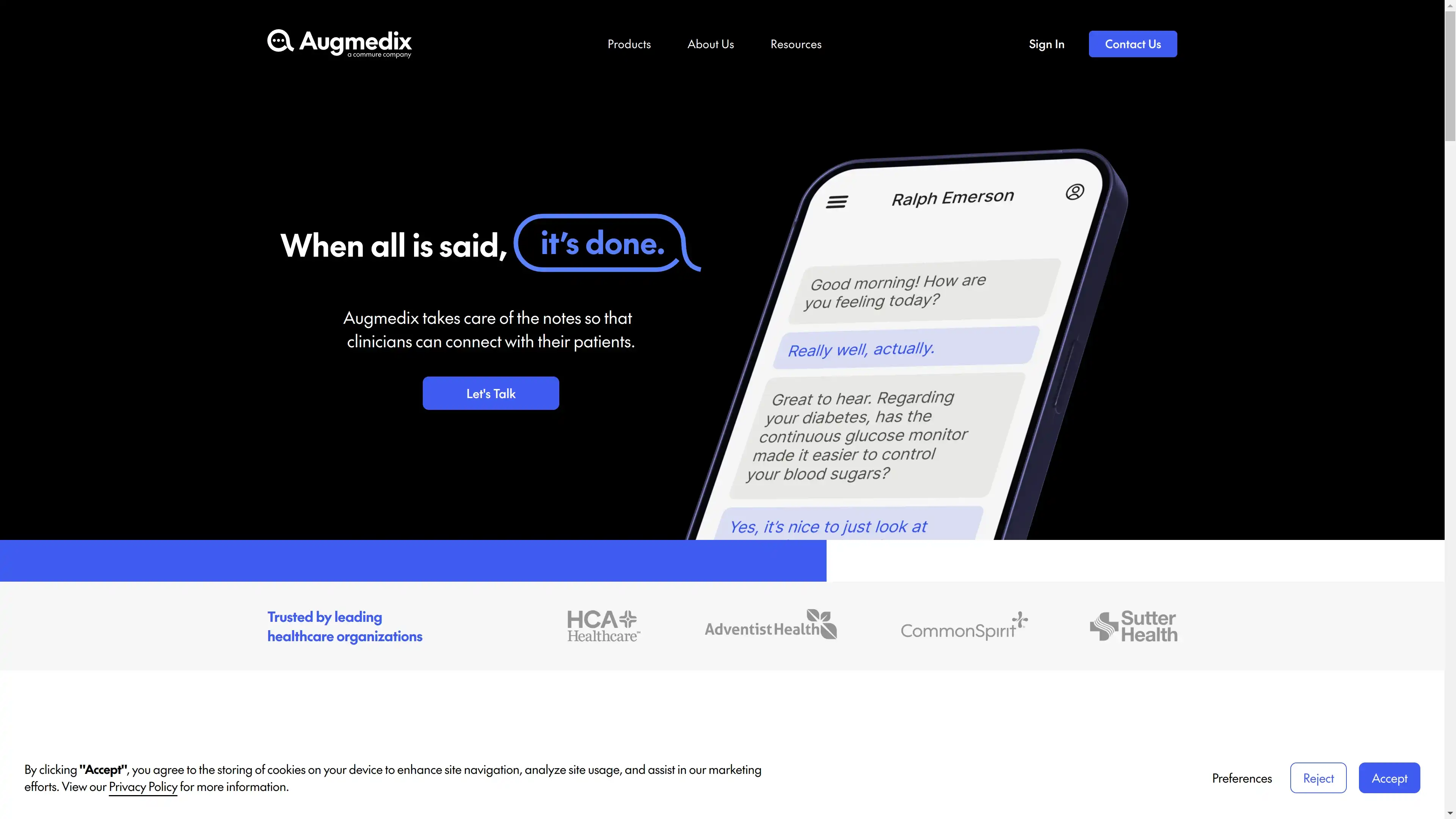
- Notable Health: Automates documentation and administrative tasks.
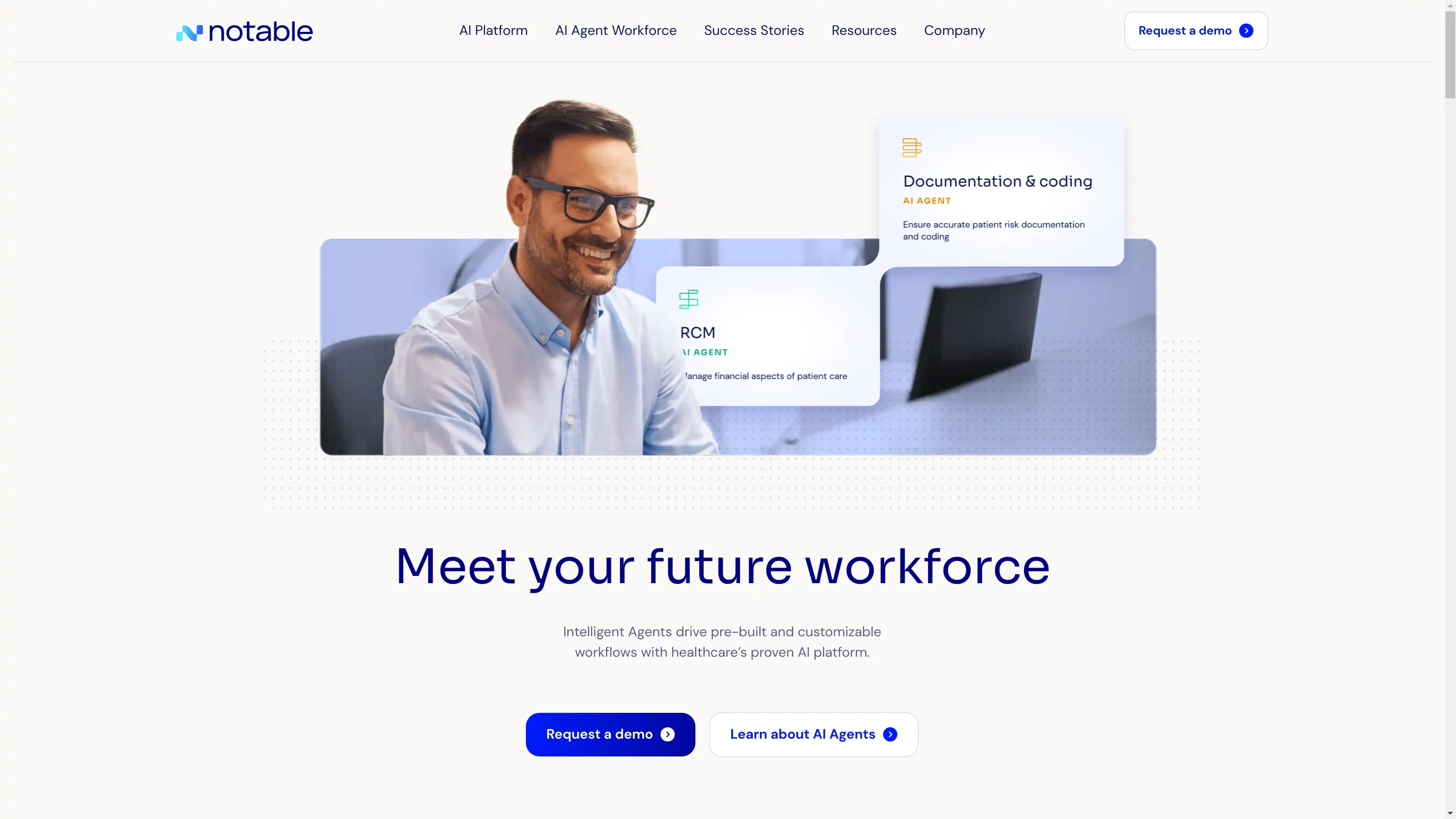
3. Automating the "Boring" Admin Work
AI simplifies form-filling, billing codes, and discharge summaries by:
- Auto-populating forms using existing patient data.
- Suggesting ICD-10 codes for billing.
- Generating discharge summaries instantly.
Examples:
- 3M M*Modal: Helps with clinical documentation improvement and coding accuracy.
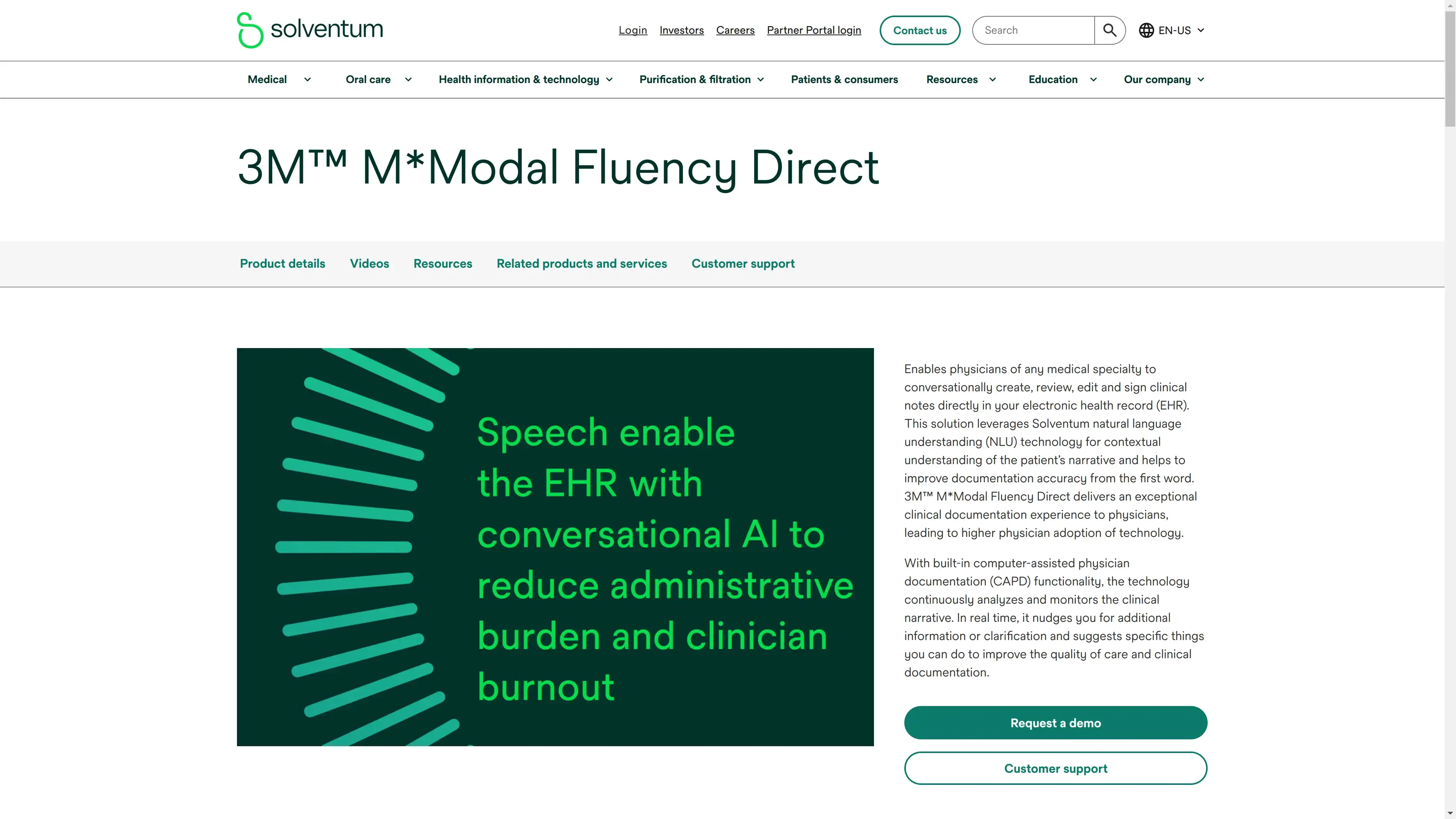
- Zynx Health: Automates clinical decision support and documentation.
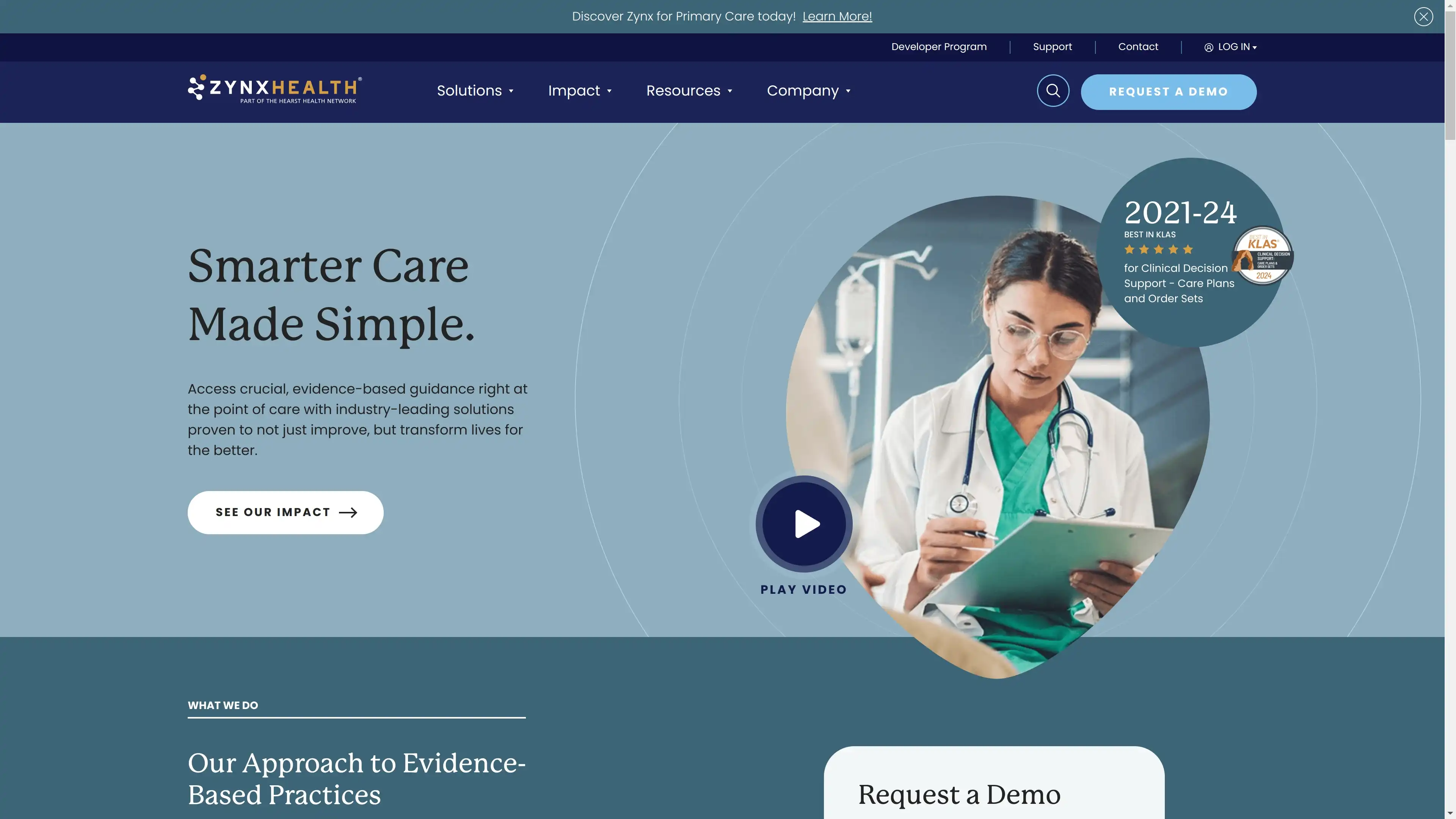
- Health Catalyst: Optimizes workflows and documentation tasks.
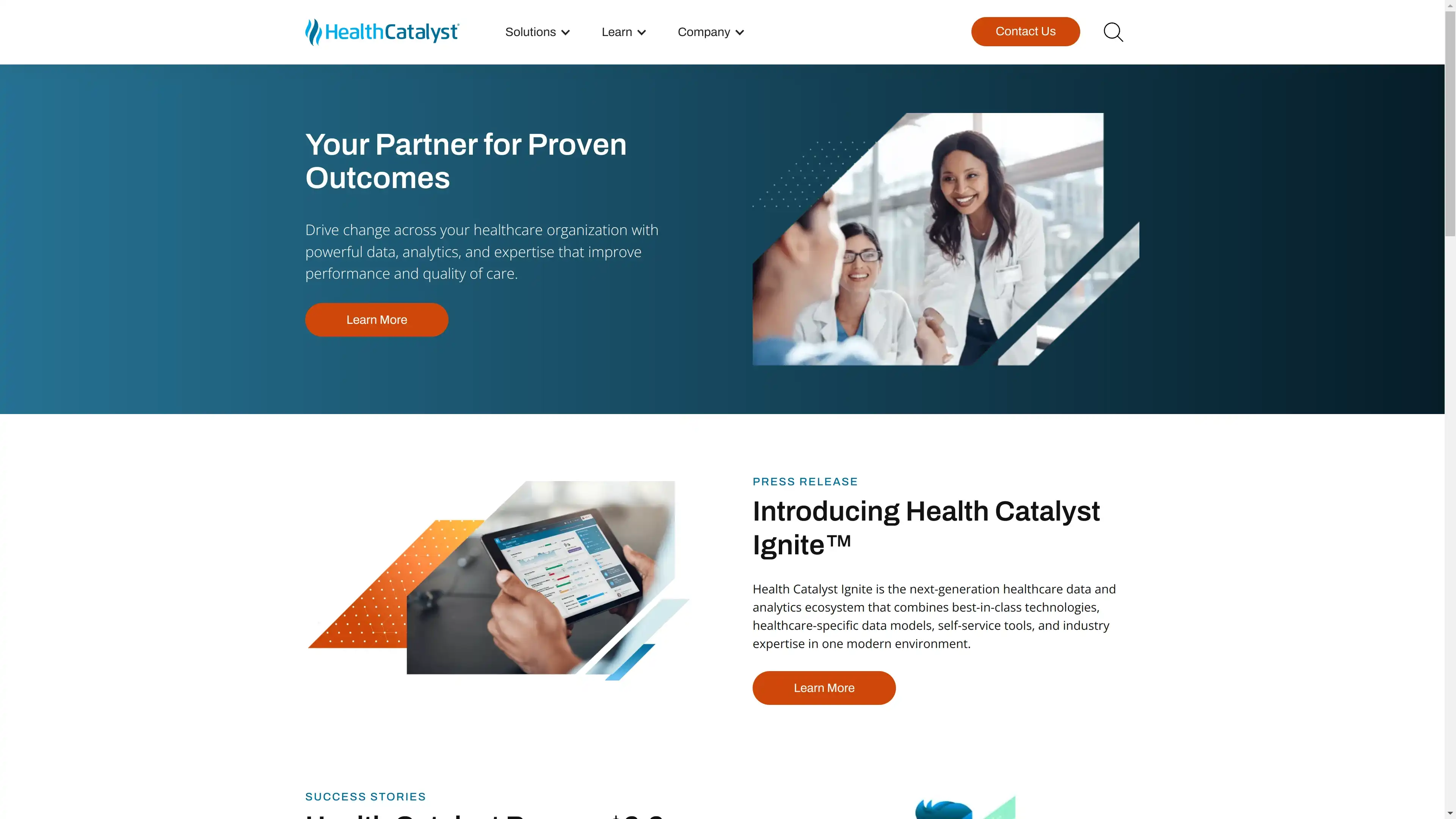
Conclusions
As a medical student, I feel that we must be aware of the existence of such tools and utilize them in practice. Healthcare professionals can finally have the freedom to focus on what matters most: their health and their patients.
